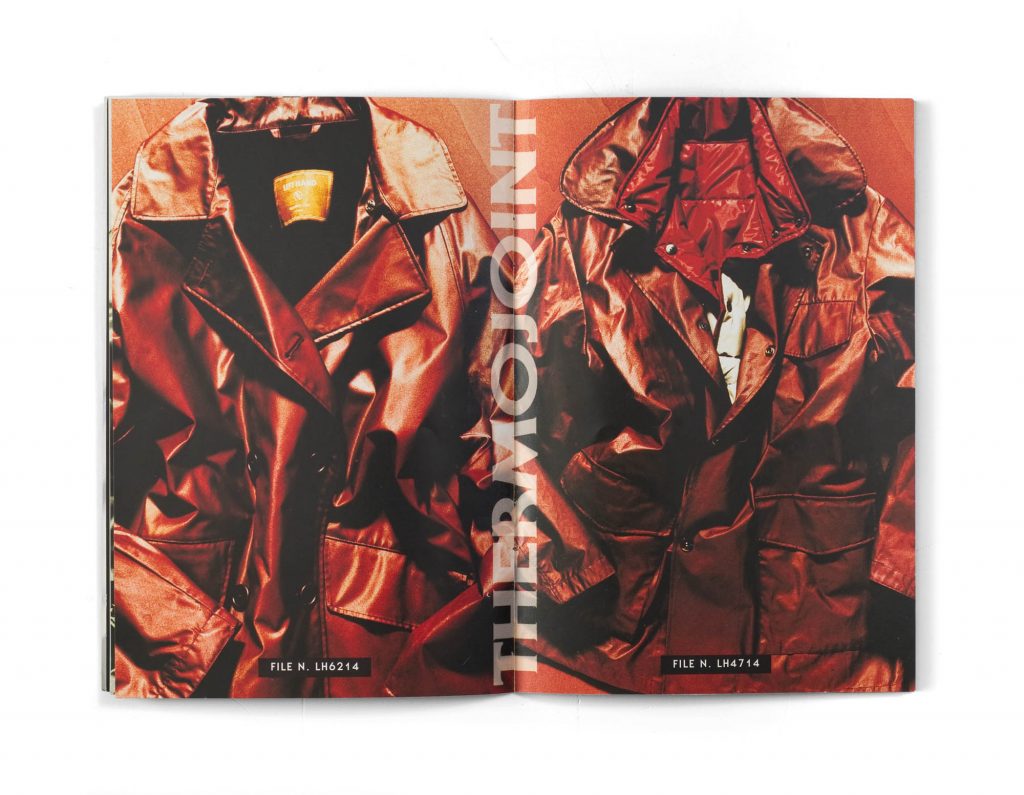Our top mate Ali George Hinkins has been exploring the Osti archives once more and this time around he’s been looking at Left Hand. So check the feature below to discover more on Massimo’s 1990s masterpieces.

At first-hand, Massimo Osti was an Italian garment engineer and fashion designer – possibly the most fitting and shortest way to describe his slew of talents, without underplaying them. During his lengthy career, Osti was responsible for manufacturing mind-blowing fabrics and designing some of the most iconic pieces of clothing in a generation.

He left behind a legacy and reputation that holds him to very high acclaim for his work in textile and fabric development, particularly during his tenure at Stone Island and C.P. Company. While the glories of these two giants are out there to be seen, there are elements of Osti’s work which was as ground-breaking and forward-thinking, yet isn’t given the same level of respect. Don’t get me wrong, the aforementioned labels do pique my interest, but I love the more obscure stuff!

One such label is a lesser-known project that went by the name of Left Hand. It launched its first collection in 1993 and endured 6 years of design up until 1999. In that short period, Osti and his team designed a wealth of garments, from Harrington jackets to cargo trousers and jumpers. It may have only been around for 6 years but, to this day, we see descendants of some of those iconic designs: one such example is C.P. Company’s Mille Miglia jackets, bar the goggles. Left Hand reaped the benefits of the experiences and success’ accrued over his 20+ year career in sportswear and it saw Osti, once again, design product that was years ahead of its time. He continued to innovate within the realms of textile and fabric development, the end result is hard to imagine for when it was released.

The innovative and purpose-built materials that were often used in Left Hand products were originally designed for military use. One of which was called ‘Thermojoint’ – described as being entirely waterproof – and became a focal point of these collections, often being found on outerwear pieces. The military-grade fabric was crafted from a pressed, non-woven nylon and polyester blend that boasted up to 80% protection for the wearer against nuclear radiation; don’t ask about where the remaining 20% goes! In addition, double taped-seams were often combined with the Thermojoint material which ensured to keep the weather out, which holds true to the statement Osti’s made, where he regarded fabrics as ‘protection’. Osti was like a magician when it came to developing fabrics and textiles, some of which you’d be amazed to see in even modern-day clothing.

One of the crowning pieces released under the Left Hand label was the multi-pocket jacket; a highly sought-after, collector’s item that is very hard to come by. A multi-pocket design on the front boasts functionality whilst referencing military influence – two running themes of Osti’s designer calibre. The jacket was allegedly made of a vinyl-based material which, over time, was prone to cracking and deterioration. The iconic design has been mildly replicated by C.P. Company with their Mille Miglia jacket, but it doesn’t come close to the original; especially in that shade of red.
The details on Left Hand jackets were understated and upon the first inspection, they were hard to pick up on – such as mobile phone pockets and stowaway hood. It was a way for fans of Osti’s work to appreciate him without donning Stone Island’s compass, or C.P.’s goggles and watch-viewer. Subtle details, the lack of compass and muted colours meant that Left Hand flew under the radar compared to it’s more ostentatious counterparts, but that’s not to say it wasn’t equally as impressive. Inadvertently, it may have made the Left Hand brand more appealing to some; being able to own a jacket with Osti’s brilliant mind woven into its fabric, without being associated with various subcultures of that era.
